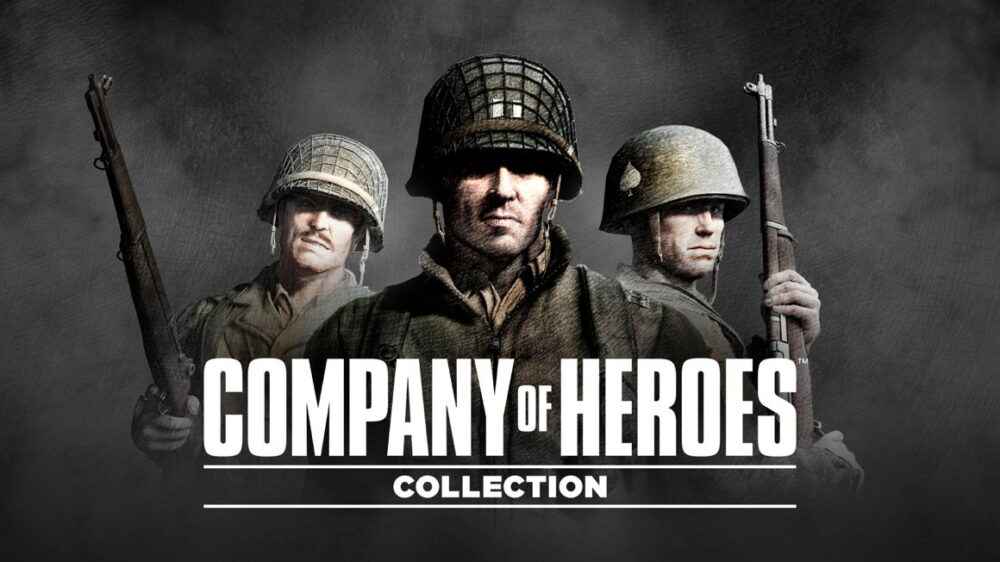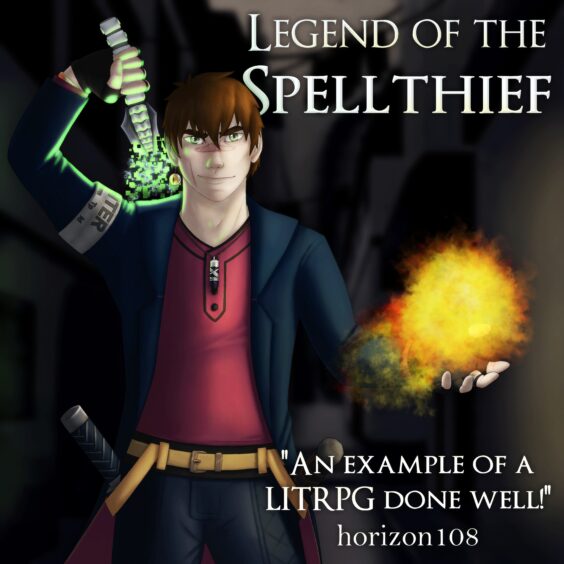As someone who really go into video games between the mid ’90s to late-00s, I’m a huge fan of the recent flurry of console-friendly ports of classic PC titles. Early 3D action-adventures, point-and-click classics, and real-time-strategy games – with older games constantly de-listed and removed from storefronts, I’ll never say no to accessible preservation efforts, regardless of how they control using a gamepad.
The Company of Heroes Collection on Nintendo Switch is one such unexpected pleasure – especially given the dearth of RTS games on the platform. Developed by Relic Entertainment in their prime (the devs also responsible for Homeworld and Warhammer 40,000: Dawn of War), Company of Heroes is what happens when you take Westwood Studio’s cinematic flair and integrate it into a fully 3D game with style.
Like so many World War II games at the time, the campaigns are heavily influenced by a combination of real events and the cinematography of both 1998’s Saving Private Ryan movie and 2001’s Band of Brothers miniseries. Although the visuals are somewhat crude by modern standards, the cutscenes are still wonderfully written, framed, and directed – all clearly inspired by similar sequences in film and TV, and backed up by an incredible soundtrack.

The opening mission of the original campaign is, of course, the Normandy landings, introduced by way of a stylish CG cutscene that slickly transitions into gameplay as you take control of the second wave of landing craft. What follows is a trial-by-fire as you attempt to storm the beaches with infantry, breach the defensive line, and take out entrenched artillery. Right after that, you’ll jump back in time a few hours to play as airborne infantry, landing in the dark to secure roads and cut off any potential counterattack.
This sense of style is present in the expansion campaigns too – “Opposing Forces” and “Tales of Valour” – and it gives the entire game a distinctly cinematic quality. You’ll battle for control Caen as the British, thwart operation Market Garden as the Germans, and play through several mini campaigns that feature key characters from the major campaigns. Narrative flow is never guaranteed in a game that caters to slow and methodical playstyles, but frequent in-game cutscenes and smooth transitions in and out of briefings always impress.

Gameplay
Of course, The Company of Heroes Collection is still a demanding RTS and one that laid the early foundations for future squad-based games – games that minimised the base building element in favour of careful positioning, unit abilities, and managing limited reinforcements. In that regard, you’ll have your work cut out for you on the Nintendo Switch thanks to challenging scenarios, the unforgiving mission scripting so common in that era, and a control scheme that can buckle under pressure.
Irrespective of whether you’re tackling one of the campaigns or the skirmish mode, Company of Heroes is all about making effective use of limited units, not simply establishing a supply chain big enough to out-produce your opponent – though that is a perk. Every unit has strengths and weaknesses, the terrain and positioning have a massive impact on unit survivability and their ability to hit targets, while territory control is essential to fielding more forces and providing the resources for special abilities like instant reinforcements, observation planes, and devastating artillery strikes.
Mercifully, there are several comprehensive tutorial missions to get you up to speed with the mechanics that you should tackle first, if only to get a handle on the controls.

Infantry are incredibly mobile, can commandeer heavy weaponry, garrison structures, and use terrain as light and heavy cover. However, if they’re caught in the open or suppressed by machine-gun fire, they’re easy pickings for vehicles, grenades, and mortar teams. Armoured vehicles lose the cover benefits but can be absolute powerhouses if used correctly, shrugging off incoming fire to their front armour and punching holes through defensive lines. However, should they drive over a minefield or be ambushed from the rear, they’ll be destroyed or crippled in a few shots.
Base and defensive structures allow you to field new units and hold positions more effectively – an essential feature of Company of Heroes as you need to capture and hold strategic points for resources, and sometimes several victory points to complete a mission. It’s a design that results in some serious difficulty spikes when you’re forced to push out across the map, leaving your flanks exposed, and splitting your forces – all the while dealing with mission triggers that might suddenly spawn endless enemy reinforcements until you achieve another objective.
This difficulty is somewhat offset by a unit veterancy and upgrade mechanic; exploration-based rewards, like discovering stranded squads or equipment to commandeer; and the aforementioned special attacks that can reveal ambushes or level enemy fortifications and troop clusters if timed right.

The Switch experience
So by this point you might be wondering how such a complex, micromanagement-heavy RTS plays on the Nintendo Switch? The answer is fantastic 70% of the time – once you’ve got to grips with the basic controls of The Company of Heroes Collection – and terribly 30% of the time, when challenging missions, dubious unit pathfinding, and imprecise controls unite against you. On the whole, the emulated cursor locked to the centre of the screen, the time-slowing radial menus, the ability to pause-and-command, a half-dozen shortcuts, and decent AI self-preservation behaviour will see you through – but there are issues.
Infantry does a decent job of moving into light or heavy cover by themselves, while vehicles will typically auto-face their front armour towards enemies they engage. The problem is whenever you need to shift your firing angle quickly or move to a new defensive line, both common scenarios, quickly selecting individual units is a pain and they’re prone to confused pathfinding when clustered. Tanks advancing while facing backwards is always a highlight, as is how many units do nothing when being hit by rounds beyond their line of sight. That said, these are not new issues to the Switch version, it’s just harder to respond quickly without a mouse.
Otherwise, The Company of Heroes Collection this is a port through and through, not a remake nor remaster. It looks as good as the current PC version, runs without significant framerate drops in docked and portable mode, and the initial mission loading times rarely exceed 15-20 seconds.

Conclusion
Ultimately, The Company of Heroes Collection is a fantastic, preservation effort for an admittedly small, niche audience.
The one notable missing feature is multiplayer, but servers for the original are scarce enough on PC and the potential Nintendo Switch audience would no doubt be smaller still. You’re still getting a comprehensive single-player package – with several cinematic campaigns, skirmish modes, and challenges – that looks good, runs well, can be played on the go, and is well priced. On top of that, The Company of Heroes Collection leaves me excited to see this running on other platforms, and hopeful that future projects include its sequel and perhaps the excellent Warhammer 40,000: Dawn of War games.
The Company of Heroes Collection Trailer
For more reviews head here https://invisioncommunity.co.uk/category/review/








You must be logged in to post a comment.